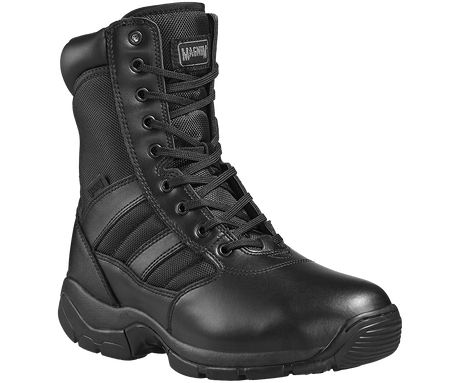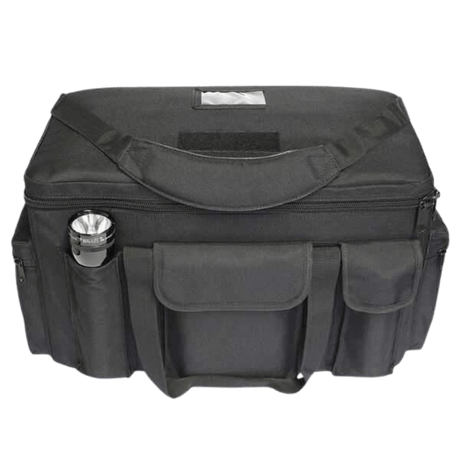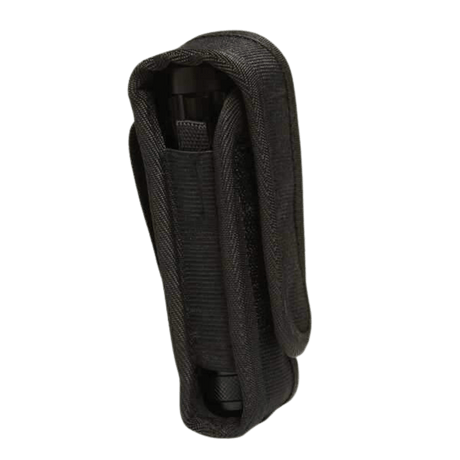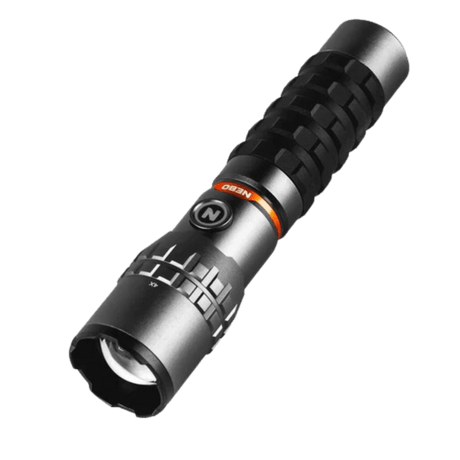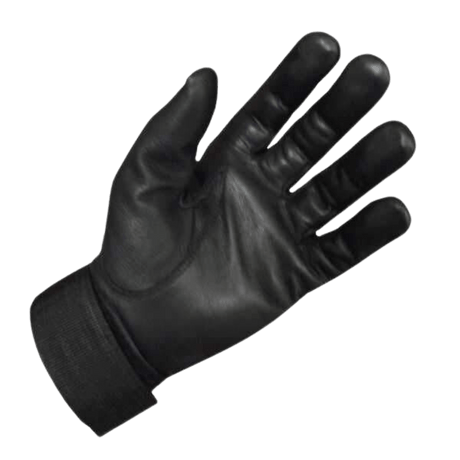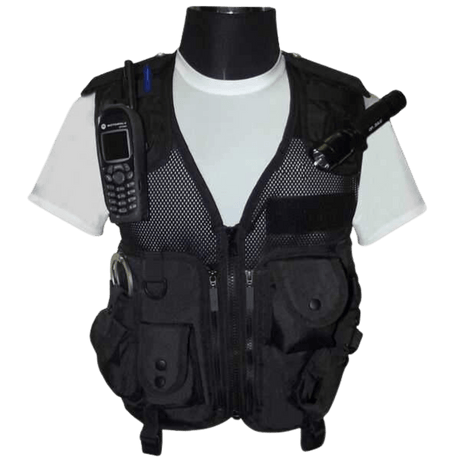With female officers making up about 25% of the UK’s police officers, precious little effort has historically gone into providing these officers with appropriate operational footwear specifically designed for the female foot.
Why is this important?
Women are much more likely to suffer from serious foot problems than their male colleagues. A study of US police found that 29% of women developed plantar fasciitis (inflammation of the plantar fascia, a thick band of tissue that runs across the bottom of the foot) compared to 13% of men. This common condition generally demands extended rest and limited weight-bearing and healing can take several months. Additionally female officers are much more likely to suffer from neuromas (an enlarged, irritated nerve in the ball of the foot), pinched nerves, bunions and corns if their footwear doesn’t fit properly.
A UK study found foot/ankle injuries accounted for an average of 81 lost work days among police officers over a 5-year period, so this is a real issue, both personally for officers and operationally for forces.

So what is the solution?
The crux of the issue is the ‘last’ used in the footwear manufacture. A ‘last’ is the physical form around which a shoe or boot is moulded. Made from wood, plastic or metal it is shaped like a foot and each last has a specific shape - including the length and width of the toe box, arch height, heel width, and ball of the foot. Lasts are designed to match the proportions of an average person's foot. For example, a ‘women's last’ is narrower at the heel and higher arched than a ‘men's last’.
When making a shoe, the upper part of the shoe is stretched and moulded around the last. This gives the shoe its form so it matches the contours of a real human foot.
Historically female officers have had to make do with boots designed for their male colleagues but unlike a male foot, a female foot generally has a narrower heel, higher arch, and smaller ball girth. Jamming this shape into an ill-fitting boot puts unhealthy pressure on the foot. At best, this causes discomfort and blisters. At worst, it can lead to chronic orthopaedic conditions requiring surgery and extended time off work. Boots designed for male feet can cause pain, injury, and long-term foot problems for women.
Other points to consider:
- Women tend to have less muscle mass and higher arches, making their feet more vulnerable to strain.
- Ill-fitting boots designed around the proportions of a male foot may create more friction and pressure points.
- Female hormones can increase ligament laxity, raising injury risk when footwear doesn't provide adequate stability.
- Tight, heavy boots can negatively affect the biomechanics of a woman's gait.
Providing properly designed boots using a female-specific last is one way to help minimise the foot health disparity between male and female patrol officers.
What does the ‘Job’ say?
Although a solution has perhaps been slow to arrive, the need has been acknowledged for some time. Here are some comments from authoritative sources;
The Police Federation have said, "Ill-fitting boots are one of the biggest factors behind lower limb injuries and foot pain in our female officers. Providing gender-specific PPE is crucial for reducing injury rates and keeping our female colleagues healthier and safer on the job."
"We strongly advise that female officers be fitted for patrol boots designed specifically for the female foot shape and gait. Incorrect sizing and poor design play a large role in the musculoskeletal issues we see." Hampshire Constabulary Health & Safety
The Met Police Directorate of Health & Safety added "Boots that pinch, rub, or limit natural foot motion put female officers at much higher risk of developing chronic problems like plantar fasciitis.”
There have also been academic studies undertaken and below are a couple of excerpts su-porting the need to female-specific boots:
"Ill-fitting PPE remains an issue for female officers. We strongly encourage forces to provide suitable boots.... designed for the female physique." - Chief Constable Rachel Swann, Chair of the National Police Chiefs’ Council Workforce Coordination Committee.
"We have seen improvements in health and wellbeing since providing female officers with patrol boots designed specifically for them rather than expecting them to wear men’s styles." - Lancashire Constabulary Equipment Manager quoted in The Police Treatment Centres 2020 Impact Report.

Boot options:
Historically it has been very difficult to find a patrol boot designed for women at a sensible price. Brands tended to shy away due to smaller volume requirements or charge a significant premium, generally taking the boots over the £200 mark. Recently Magnum have brought out a quality female-designed boot called the ‘Lynx Liberty’. Incredibly comfortable and high spec they have managed to keep the price to around £100 so pretty comparable to ‘run-of-the-mill’ male-designed boots. We’ll continue to update this article as more options become available.

Conclusion:
Irrespective of the boot choice you ultimately make it is sound advice to look for female-focused footwear as they promote proper foot biomechanics and reduce the very real risk of serious and long-term injury. And on a day-to-day basis they are simply more comfortable.
So stand tall, walk proud, and stay safe in boots built for a woman's proportions. You and your feet deserve it!
Relevant links you might be interested in:
The Society of Chiropodists and Podiatrists - https://www.scpod.org/
- Professional association for foot health specialists in the UK. Their resources discuss women's foot health issues like suitability of work boots.
Police Care UK - https://policecare.org.uk/
- Police support charity offering information on health & safety for officers. Their research covers gender-specific PPE considerations.
Institute of Occupational Safety and Health - https://www.iosh.com/
- Leading UK organization for workplace health professionals. They provide guidance on occupational foot risks and safety.
UK Home Office - https://www.gov.uk/government/organisations/home-office/about/equality-and-diversity
-
Government site with research on equality and diversity in policing, including issues faced by female officers.
- British Association of Women in Policing - https://www.bawp.org

